Customer Services
Copyright © 2025 Desertcart Holdings Limited
Desert Online General Trading LLC
Dubai, United Arab Emirates


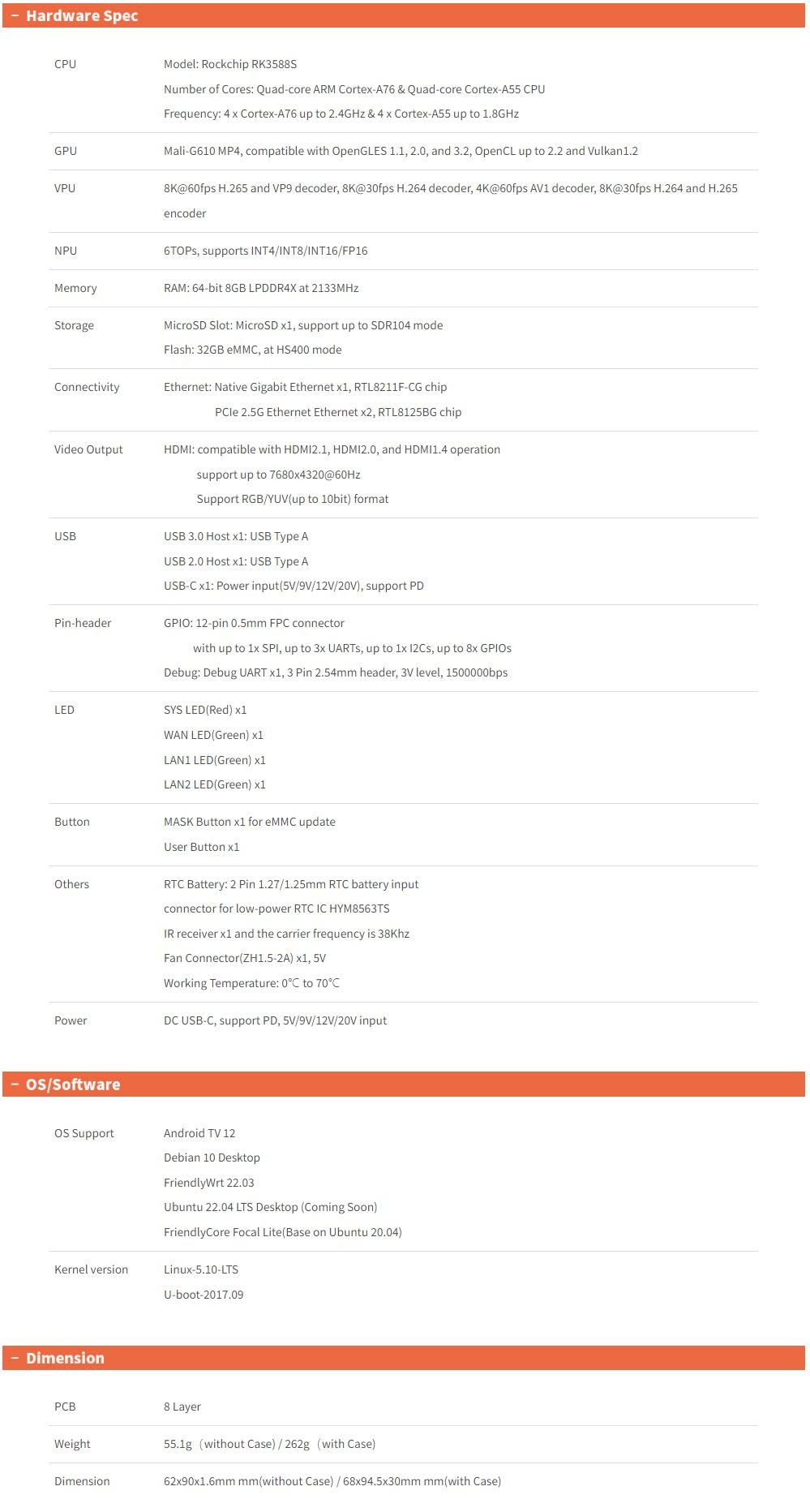
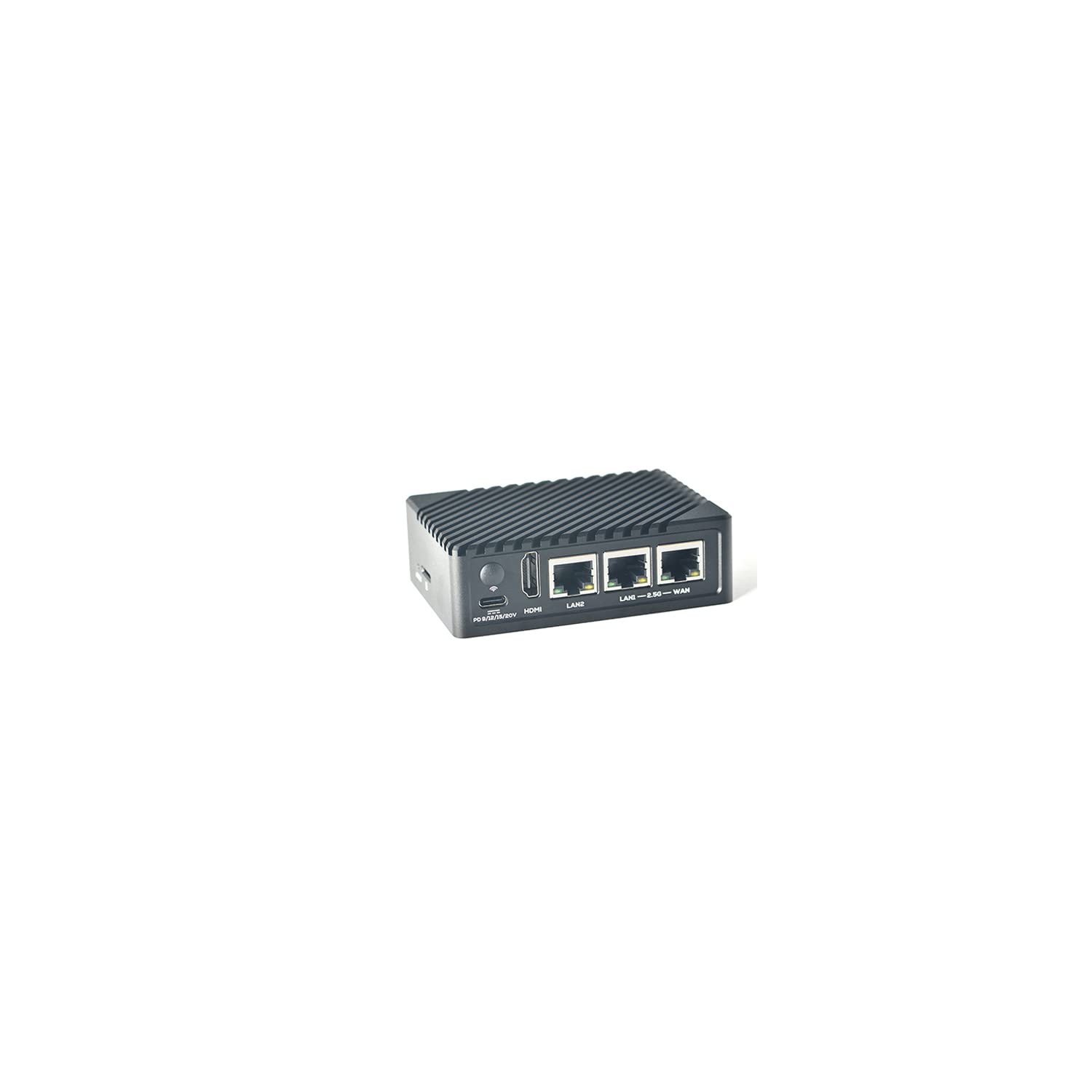
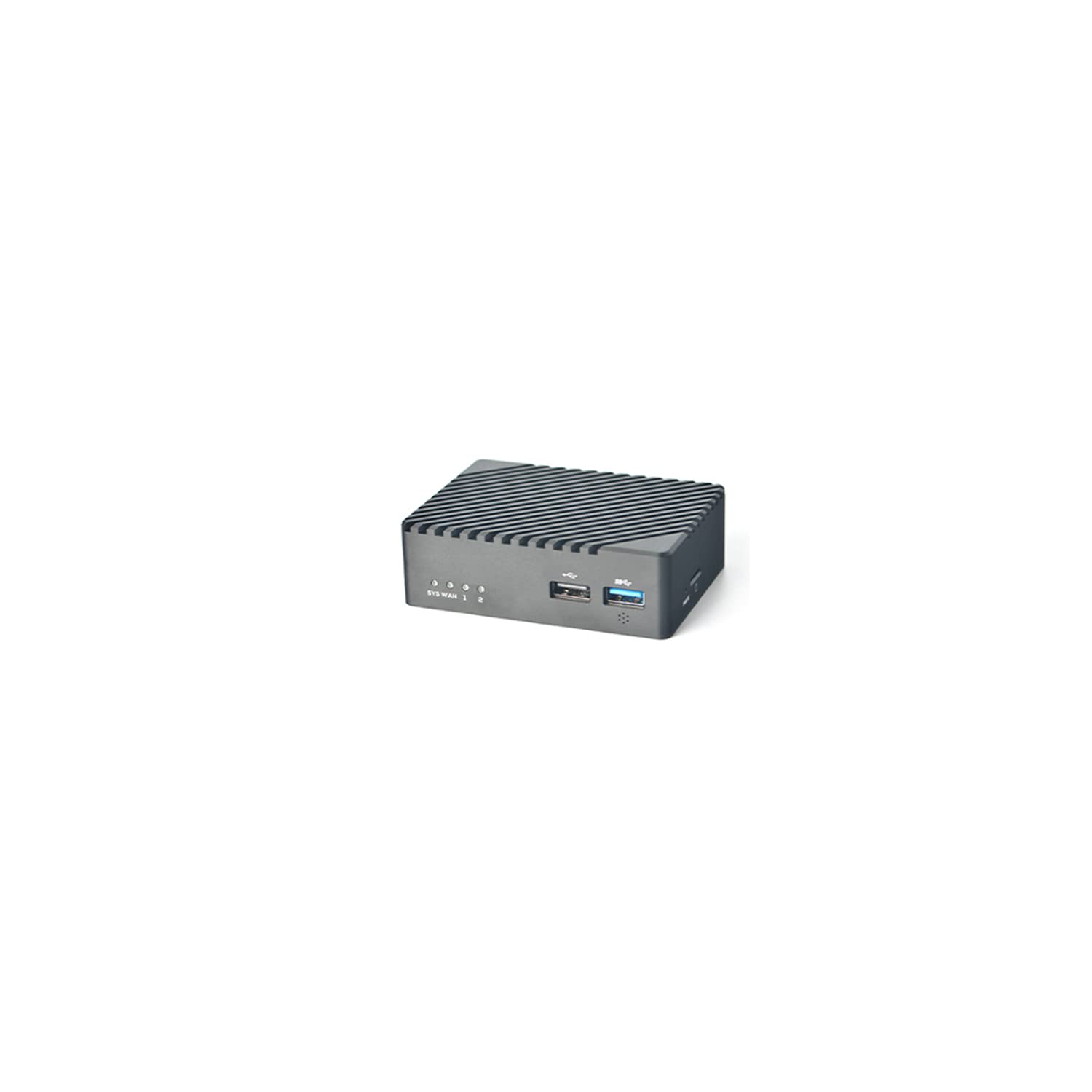

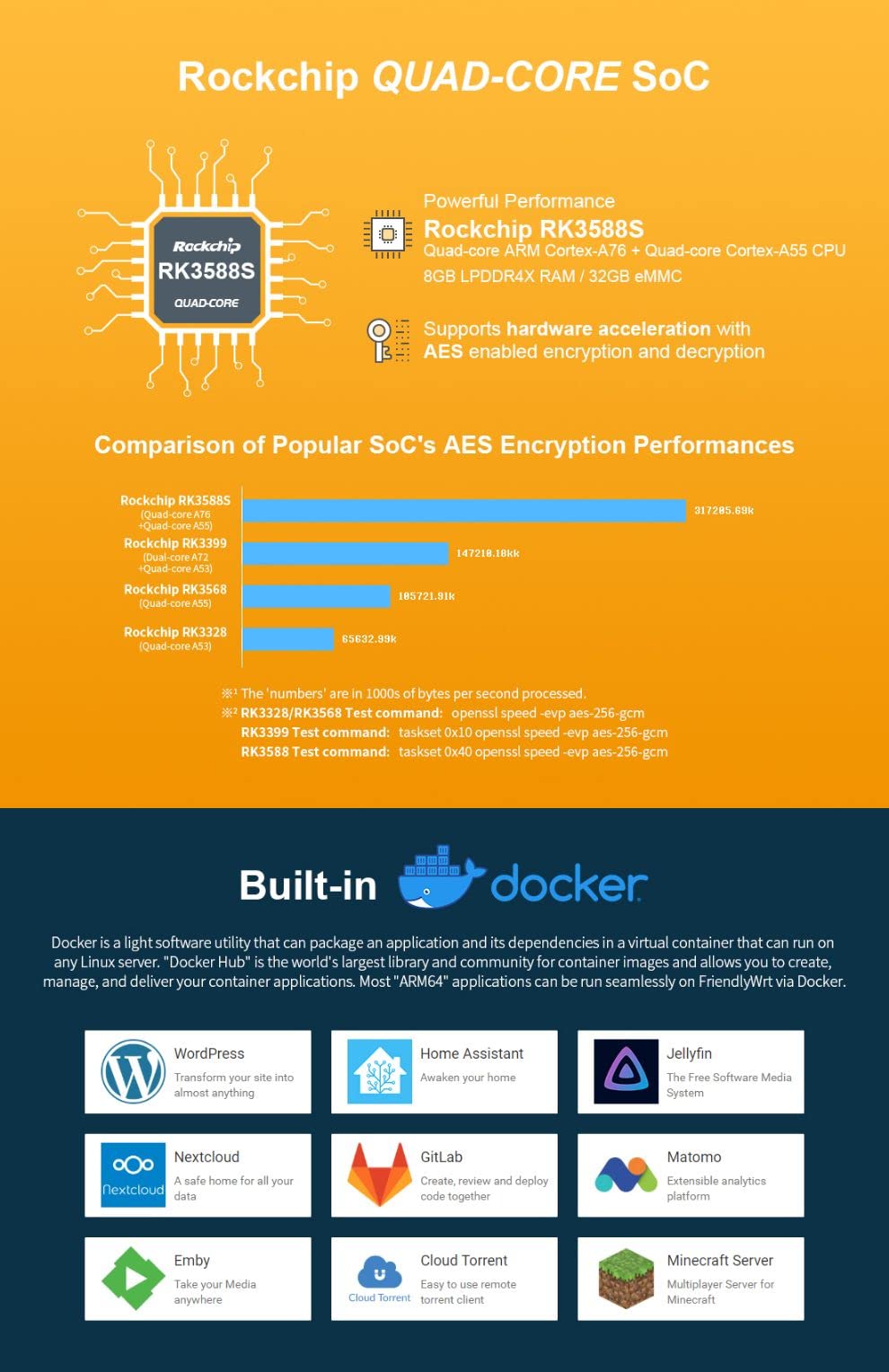
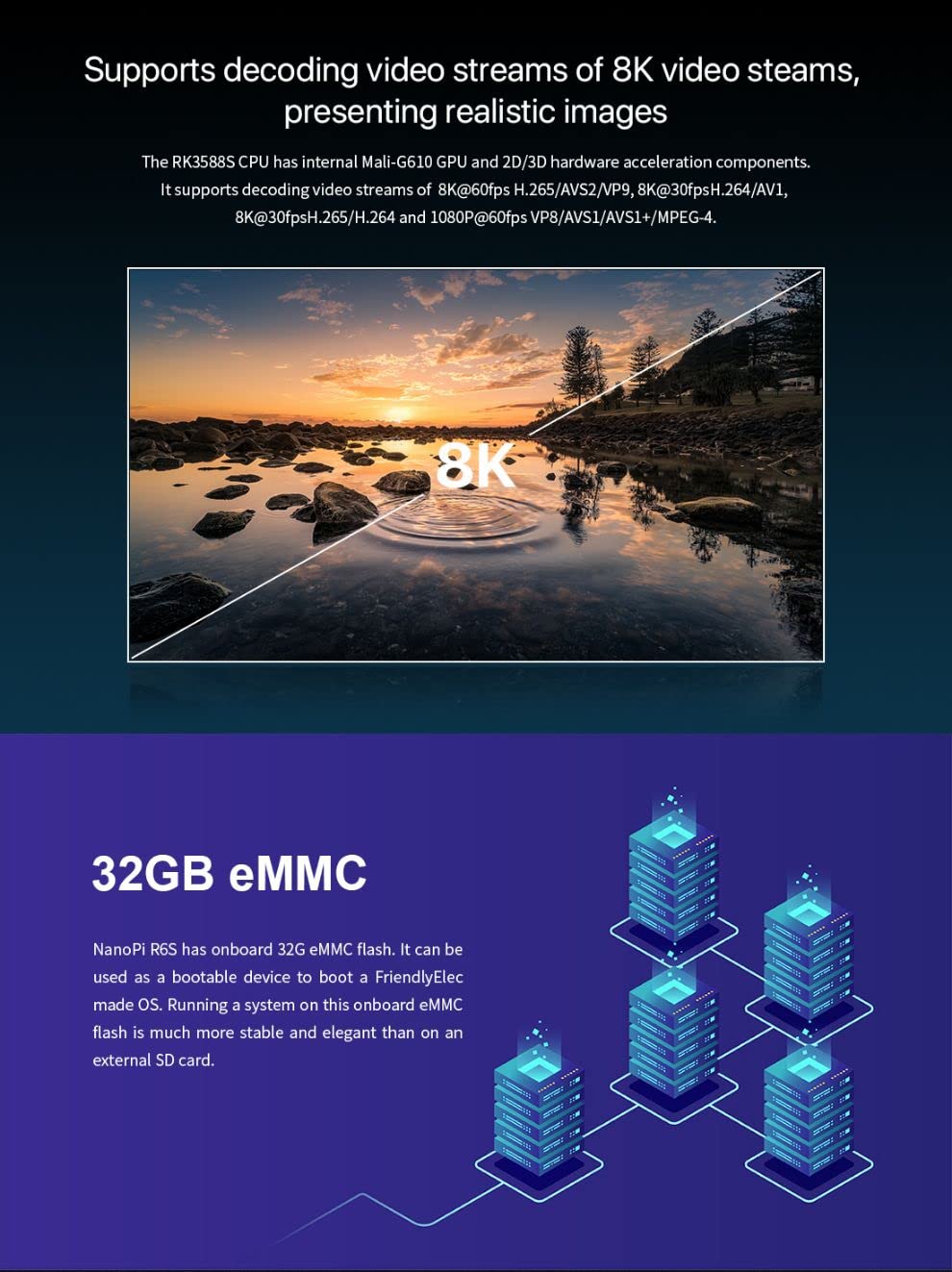


🚀 Elevate Your Connectivity Game!
The NanoPi R6S Mini WiFi Router is a versatile and powerful device designed for both personal and professional use. With three 2.5Gbps Ethernet ports, 8GB of LPDDR4X RAM, and support for multiple operating systems, it caters to IoT applications, smart home setups, and high-definition media streaming. Its compact design makes it ideal for travel, ensuring you stay connected wherever you go.
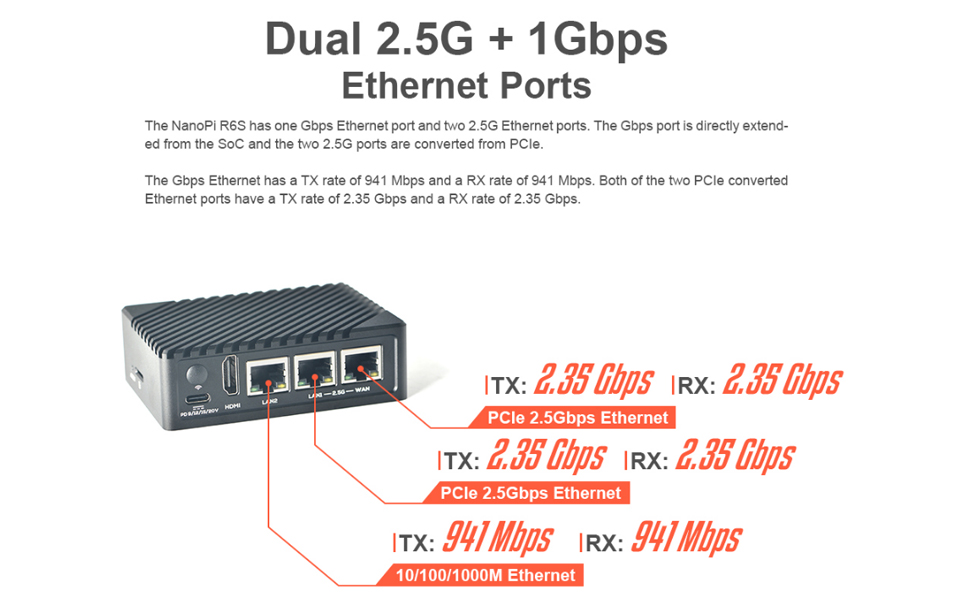
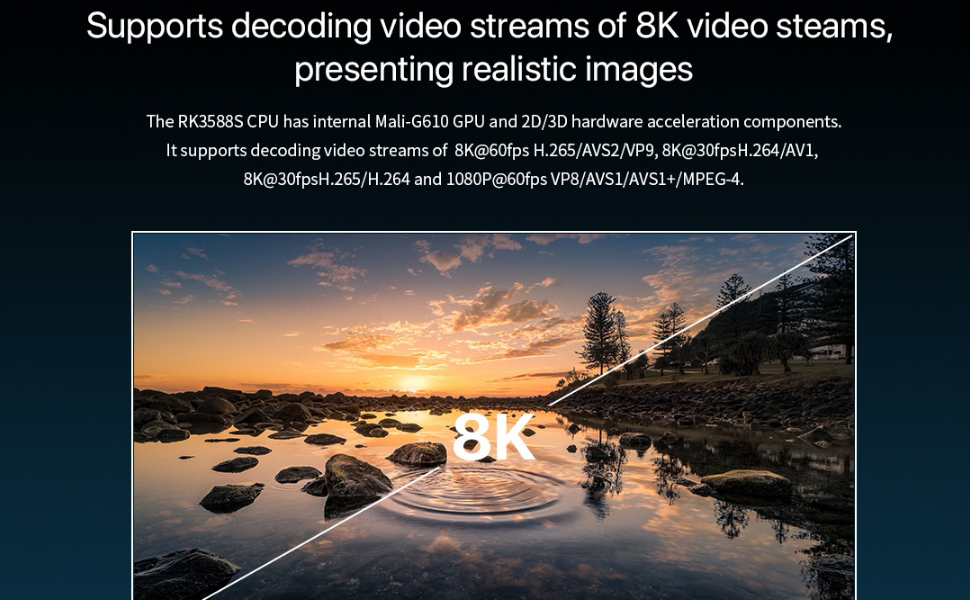


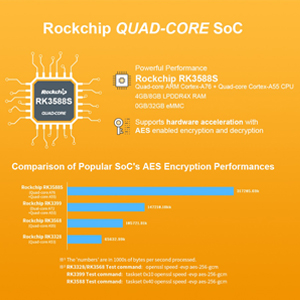
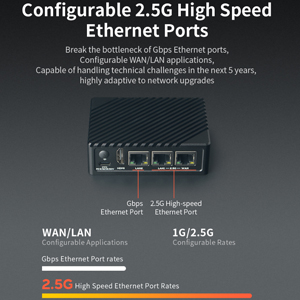
| Color | Black |
| Connectivity Technology | Wi-Fi, USB,HDMI, Ethernet |
| RAM Memory Installed | 8 GB |
| Control Method | Touch |
| Data Transfer Rate | 2.5 Gigabits Per Second |
| AntennaType | Internal |
| Maximum Upstream Data Transfer Rate | 941 Megabits Per Second |
| Voltage | 2E+1 Volts (DC) |
| Frequency | 2.4 GHz |
| Wireless Compability | 802.11n, 802.11ax, 802.11ac, 802.11ad |
| Controller Type | Android |
| Antenna Location | Home, Gaming, Business |
| Compatible Devices | Gaming Console, Smart Gateway, Personal Computer |
| LAN Port Bandwidth | 10/100/1000 megabits per second |
| Security Protocol | WPA2-PSK |
| Is Electric | Yes |
| Operating System | Android TV 12, Ubuntu 22.04 LTS Desktop, Debian 10 Desktop, FriendlyWrt 22.03, FriendlyCore Focal Lite |
| Frequency Band Class | Dual-Band |
| Additional Features | Access Point Mode, Internet Security, Remote Access |
| Item Dimensions L x W x H | 3.74"L x 2.67"W x 1.18"H |
Trustpilot
3 weeks ago
4 days ago